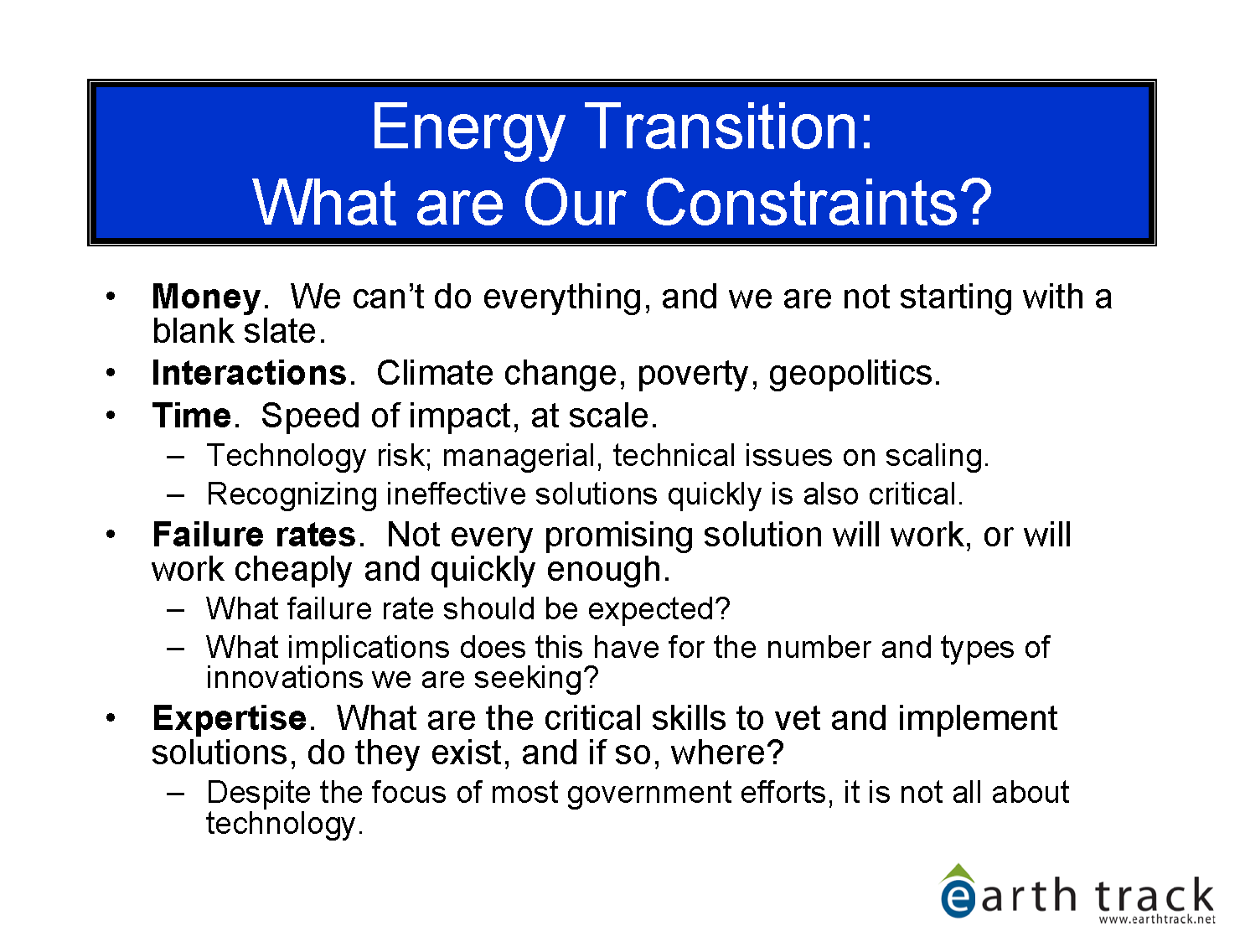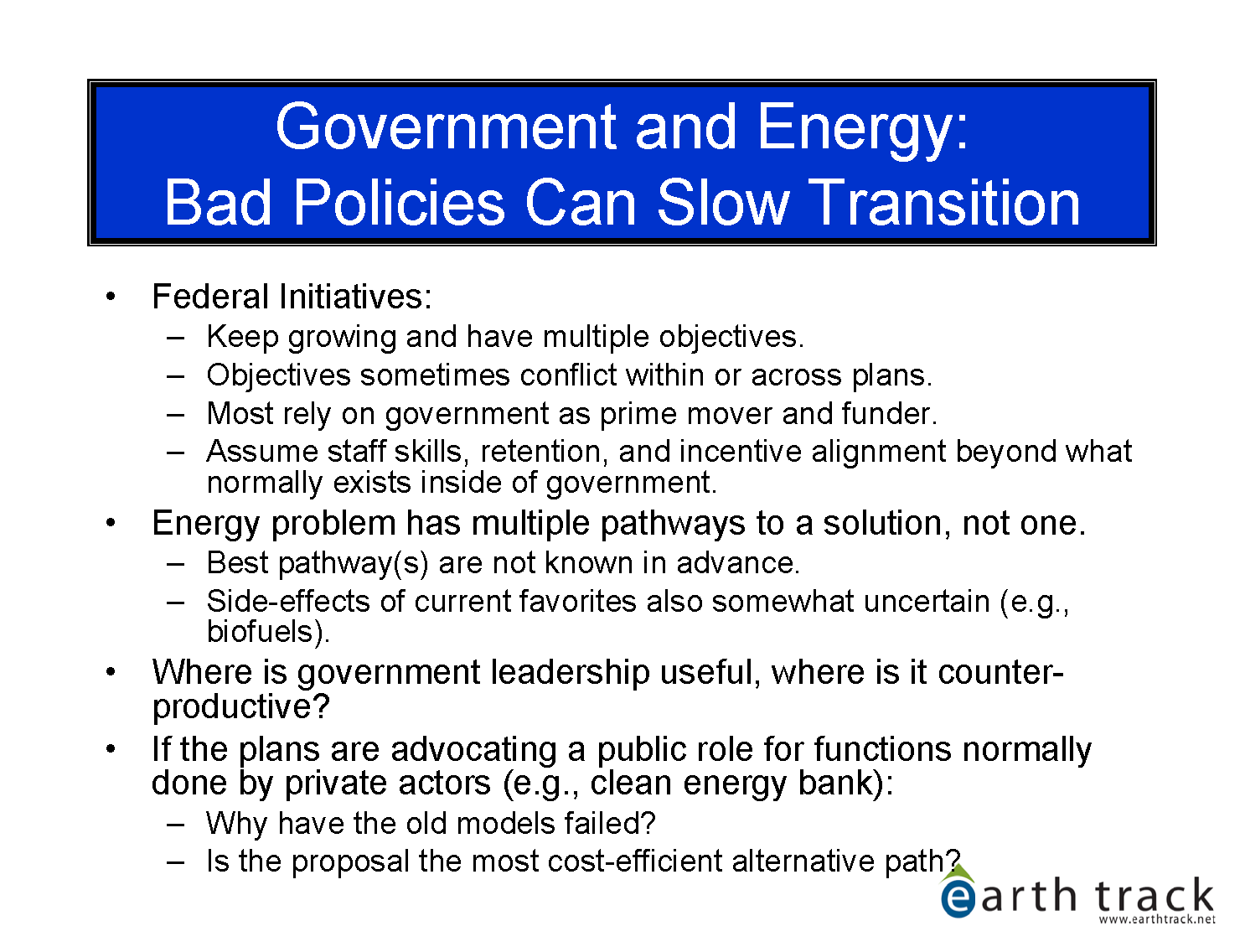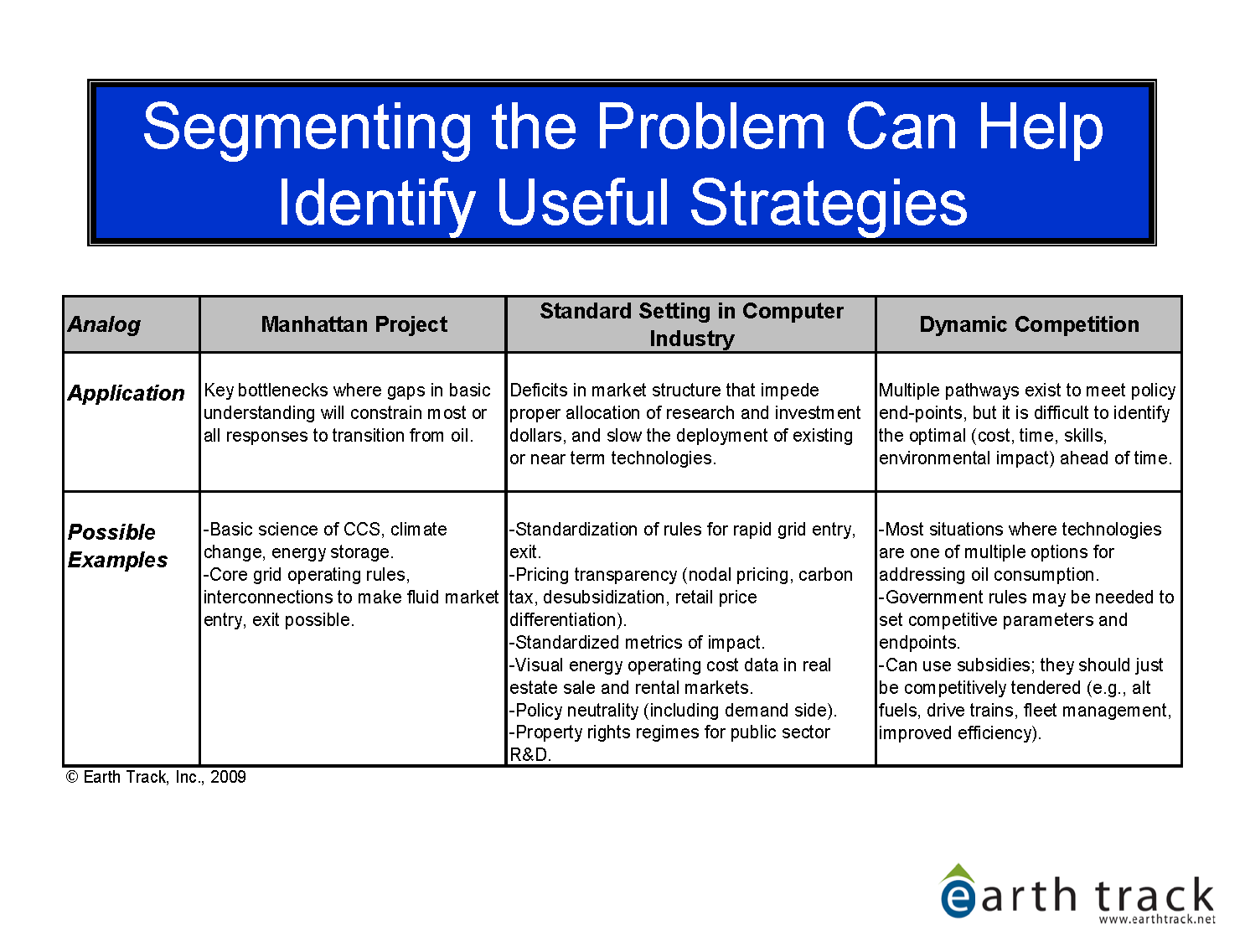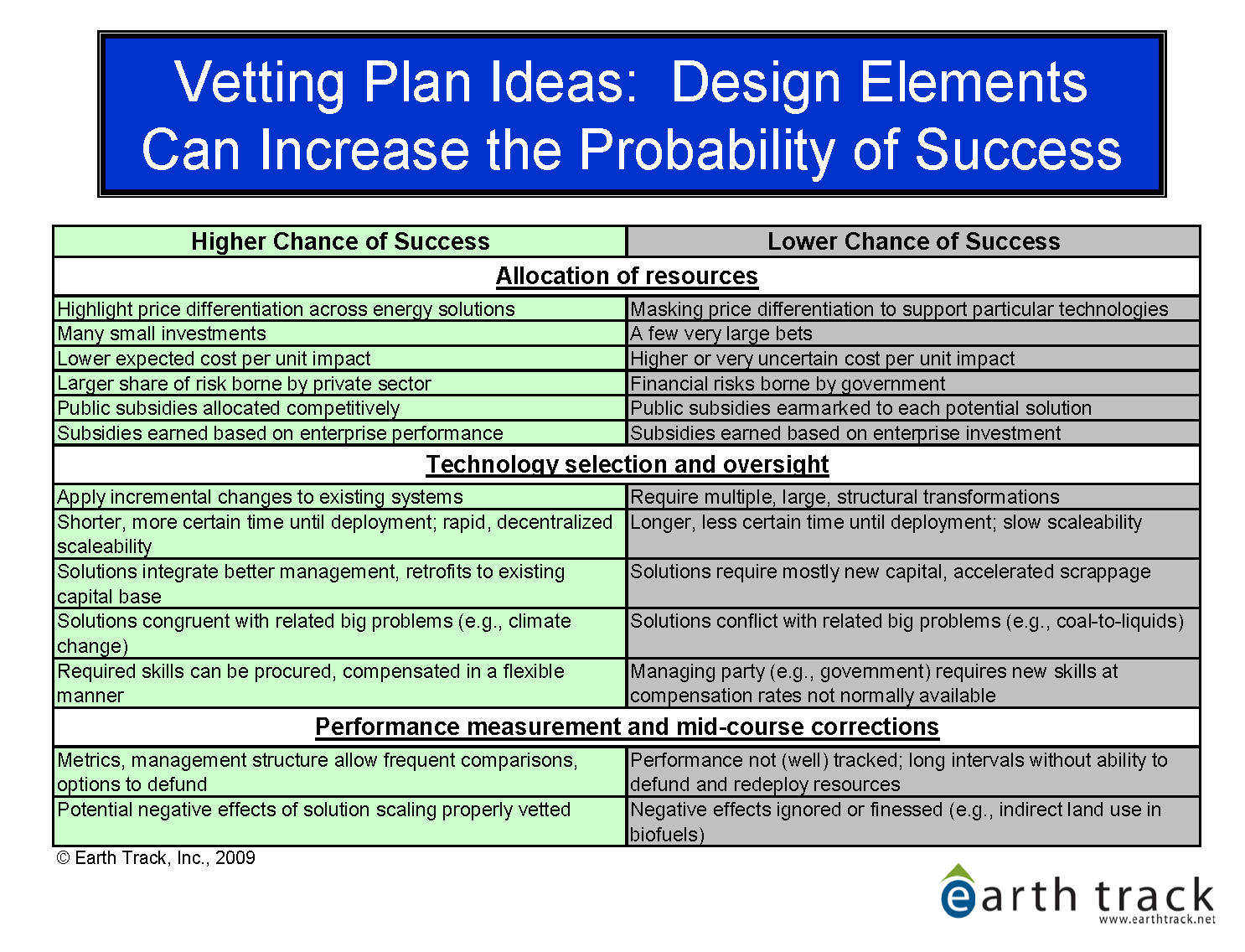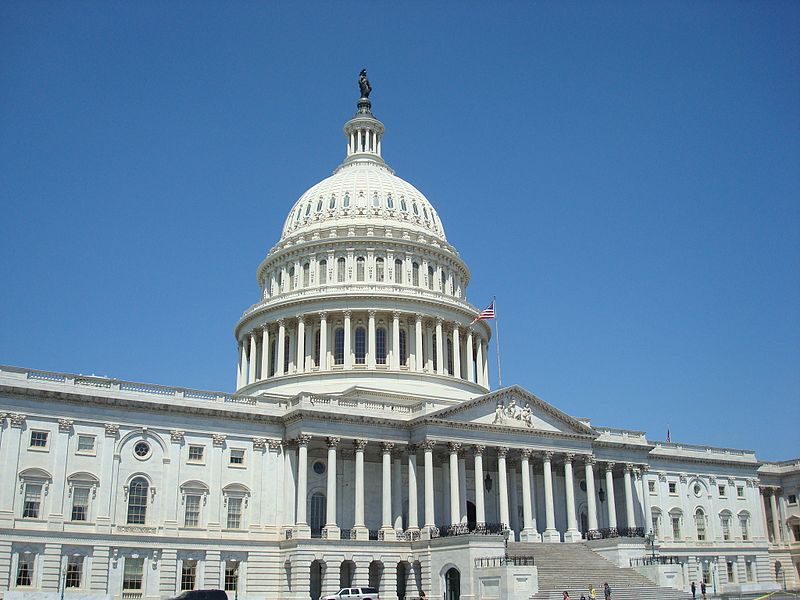US Capitol - (Photo Credit: Andrew Van Huss, CC BY-SA 4.0 , via Wikimedia Commons)
Guidelines to building better policies: "Build Back Better" can't just be about what you buy, but also how you buy it
To Build Back Better, pay attention to program design, incentives, and risk allocation
"Building Back Better" isn't just about what we fund; it is also about how we fund it. This holds true even for very important objectives such as decarbonizing our economy to address climate change risks. The slides below provide a concise overview of better ways to structure policies so that the incentives are more effectively aligned; limits of knowledge and power are properly reflected in the new programs being put into place; and progress or lack thereof can be detected more quickly to allow for government support and funding to be reprogrammed and redirected. With irreversible changes from problems such as climate change, it's not just wasted money that is a problem; it is also blowing our very limited response window.
